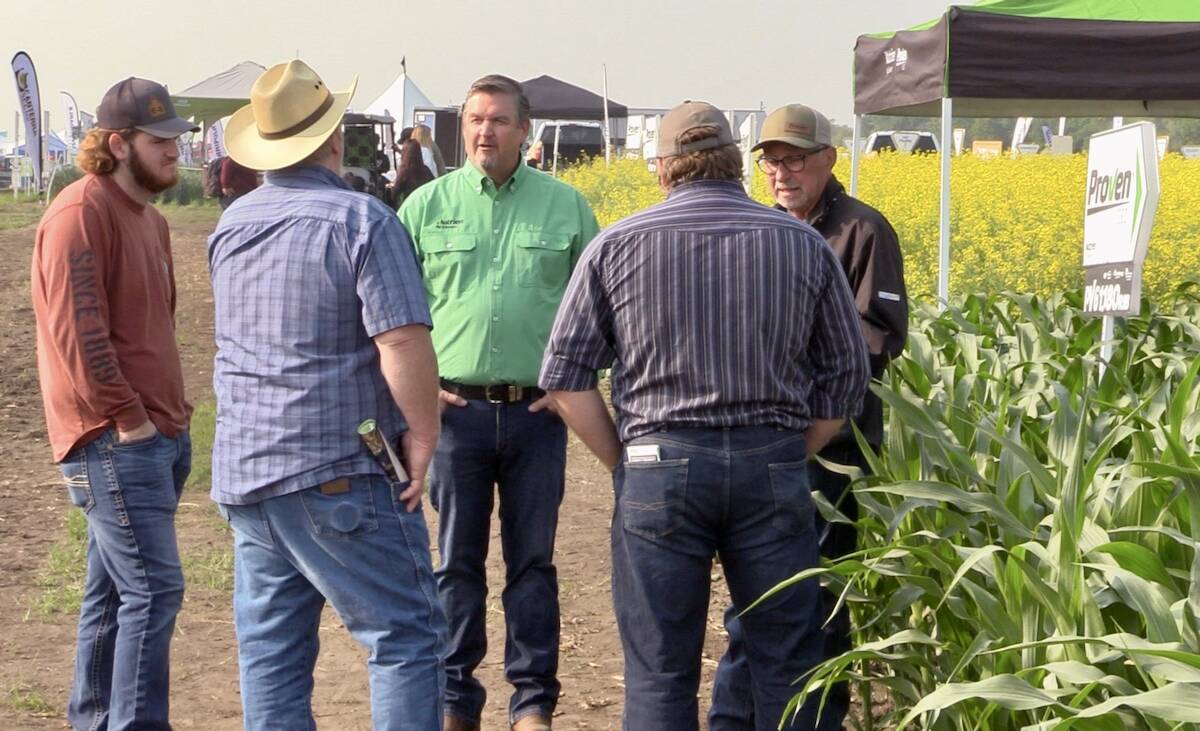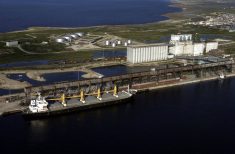Hundreds of curling clubs, arenas and community halls in Alberta may be forced to shut their doors because of escalating utility costs.
For the first time in its history, the Mountview Curling Club in Elmworth has had to ask the County of Grande Prairie for a $5,000 loan to help pay its electrical and gas bills.
In the past three years utility bills have tripled for the northwestern Alberta curling club to $12,000 from $4,000. Curling and hall rental fees used to pay all the expenses, and allowed a little to be set aside each year for repairs.
Read Also

Interest in biological crop inputs continues to grow
It was only a few years ago that interest in alternative methods such as biologicals to boost a crop’s nutrient…
“We do everything possible to break even,” said Rick Neighbour, president of the curling club.
In the village of 300 where there is only a school, a store, a curling rink and a few houses, the curling club is an important centre of activity that keeps the community connected.
It’s no different at the nearby rodeo grounds where Neighbour also volunteers his time. The popular Rio Grande rodeo used to generate enough money to pay for its yearly bills. No more. The directors have even looked at disconnecting the utilities for a few months but the disconnection and reconnection fees were higher than the monthly fees.
“There’s no way to win,” Neighbour said.
Alberta’s gas and electrical prices are some of the highest in Canada since the provincial government split the distribution and retail ends of the gas and electricity business. With deregulation, the government’s aim was to create a competitive market for power generation and electrical services that would benefit consumers with more choice and cheaper utilities.
But few community halls have gas or electricity companies fighting to get their business. Instead, the halls simply have higher bills.
“The separation adds a structural cost in addition to seasonal fluctuations,” said Brian Mason of the Alberta New Democrats.
“There’s no end to the ripple effect of deregulation.”
A recent survey of rural municipalities by the New Democrats showed power bills are up an average 44 percent in the past two years.
“It’s the small towns and county governments that have the least wiggle room to absorb these massive increases,” Mason said.
“It’s just one more way this government has abandoned rural Alberta.”
While the Alberta government still touts deregulation as a success, some rural residents aren’t so sure government officials can see beyond the wealthy Highway 2 corridor between Edmonton and Calgary, where much of Alberta’s money has settled.
“This government has got so disconnected from reality. They don’t seem to know what’s happening in rural Alberta,” said Richard Harpe, a County of Grande Prairie councillor.
“It’s criminal what they’re doing.”
The county already divvies up $100,000 in recreation grants to small groups to help them stay alive. During a recent planning retreat, it looked at spending another $80,000.
“We want to come up with some fair way to help these communities out,” Harpe said.
It’s not a regional problem.
Roger Bilodeau, president of the agricultural society in Glendon in northeastern Alberta, said the society is struggling to pay the bills at the local curling rink and the community hall, which it manages.
“The utilities are outrageous,” he said.
The society gets a $12,500 base grant from the local municipality and a percentage of the utility costs, but it isn’t nearly enough.
“Everything is so stinking expensive.”
Because utilities have increased, the society increased rental rates, but that resulted in a drop in bookings.
“It bites you in the rear end both ways,” said Bilodeau, who added the society has had to increase the number of bingos to keep the doors open.
After 12 years as president Bilodeau is fed up, but no one else wants to take on the thankless task of trying to keep the doors open.
“It’s not fun anymore.”
Even though it’s a thankless task, Bilodeau is not willing to let the rink and hall close, because they both draw people into the town.
“It’s the hub of the community in the winter time. We can’t let it shut the doors.”
Down the road at Iron River, it’s the same story.
When the Iron River Fire Hall was built in 1991, gas cost $30 a month. Last month it cost $600 to heat the building, which houses the rural area’s two fire trucks.
The money that used to go to training or replacing equipment now goes to pay the bills, said fire hall volunteer Gordon Graves.
At nearby La Corey, agricultural events held at the hall run by the agriculture society used to be free.
Recently, a petroleum company paid for the hall rental and meal for an environmental farm plan meeting.
“It’s putting a burden on all of the society,” said Graves, who added the government has a responsibility to help the rural communities that it enticed to build large community halls.
“They’re the ones that came out with all the government grants and pushed the halls on the rural communities. They didn’t hold a gun to your head, but they did say if you didn’t take the money they’d give it to someone else. They conned you into believing it would be sustainable.”
















